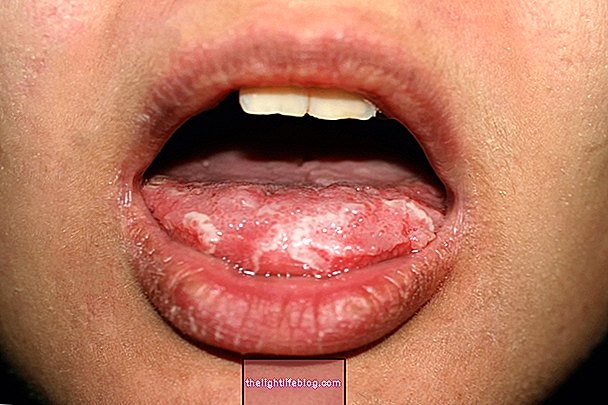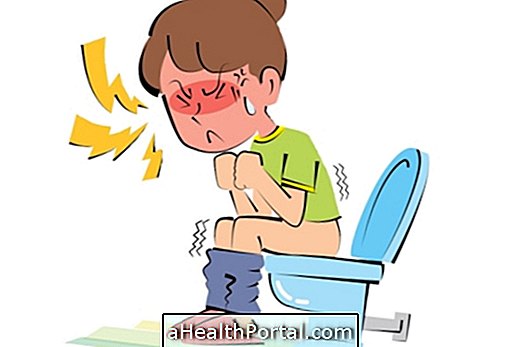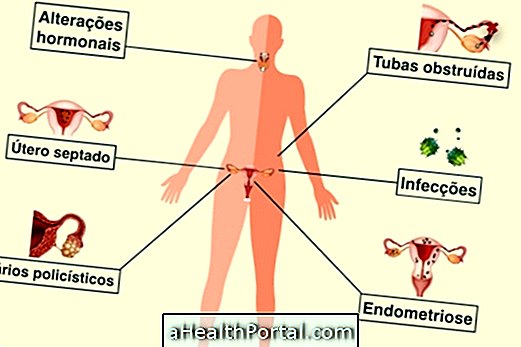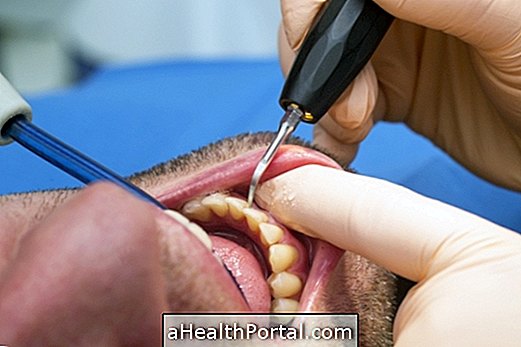Phlebitis, or thrombophlebitis, is the formation of a blood clot inside a vein, preventing blood flow, which causes swelling, redness and pain in the affected site. This situation is considered a medical emergency because it can bring complications such as deep vein thrombosis or pulmonary embolism, for example.
The blood clot usually forms in the legs, being very rare its formation in other areas of the body like arms or neck. Most of the time, thrombophlebitis happens when the person spends a lot of time sitting in the same position, as it can happen during a long trip, being more common in people who suffer with poor blood circulation. To understand the causes of phlebitis, check for deep and superficial thrombophlebitis.
Thrombophlebitis is curable, and its treatment is guided by the physician according to the severity of each situation, and may be indicated rest, use of elastic stockings, making compresses and anti-inflammatory drugs or, if necessary, anticoagulant drugs such as Heparin or warfarin, for example.
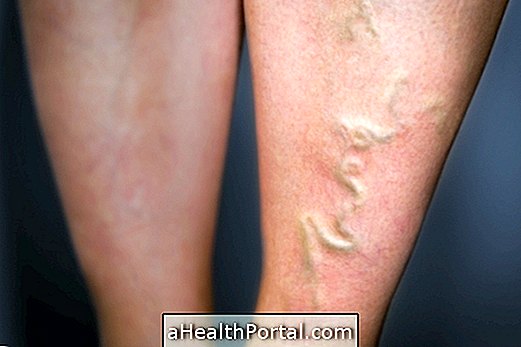
What are the symptoms
Thrombophlebitis can occur in a superficial vein or deep vein, which can influence the type and intensity of symptoms.
Symptoms of superficial thrombophlebitis:
- Swelling and redness in the affected vein and skin, which causes a lot of pain on palpation.
When identifying this situation it is recommended to go to the hospital for the doctor to request a Doppler ultrasonography to check the extent of the disease and then indicate the treatment.


Symptoms of deep thrombophlebitis:
- Startled vein;
- Swelling of the affected limb, usually legs;
- Pain at the site affected;
- There may be redness and warmth in the affected limb.
This situation is considered an emergency and in identifying this situation it is recommended to go to the hospital for the start of treatment as soon as possible because there is a risk of this blood clot moving around causing situations such as deep vein thrombosis or pulmonary embolism. Understand, in more detail, what deep venous thrombosis is and how to identify it.
How is the treatment done?
This can be done by taking anticoagulants, performing ice cream massages in the region, lifting the leg with pillow support and wearing elastic compression stockings such as Kendall socks.
Treatment should always be guided by the physician, and it is also influenced by the severity of the symptoms and where the clot formation occurred. Some of the treatment options that may be indicated include:
Thrombophlebitis superficial:
- Rest with legs raised with the aid of a pillow and oscillatory movements of the feet as the images show. This favors venous return by gravitational drainage;


- Use of elastic compression stockings for the same reason mentioned above;
- Application of wet gauze to zinc oxide for relief of symptoms as it acts as a local anti-inflammatory;
- Massage with anti-inflammatory ointments from the affected site, such as diclofenac gel;
The use of anticoagulant medication to help break down the clot may also be indicated in cases of large clots or causing severe symptoms. In addition, surgery for ligation of the affected area and removal of clots present may be necessary.
Treatment for deep thrombophlebitis:
For the treatment of deep thrombophlebitis, also called deep venous thrombosis, the doctor may indicate the use of anticoagulants such as Heparin, Warfarin or Rivaroxaban, for example, which decrease the formation of thrombi, avoiding cardiac or pulmonary complications.
After initiation of treatment at the hospital, where the initial examinations are performed and the dose of the medications determined, treatment may be continued at the patient's own home, which may last from 3 to 6 months, depending on the severity presented.











